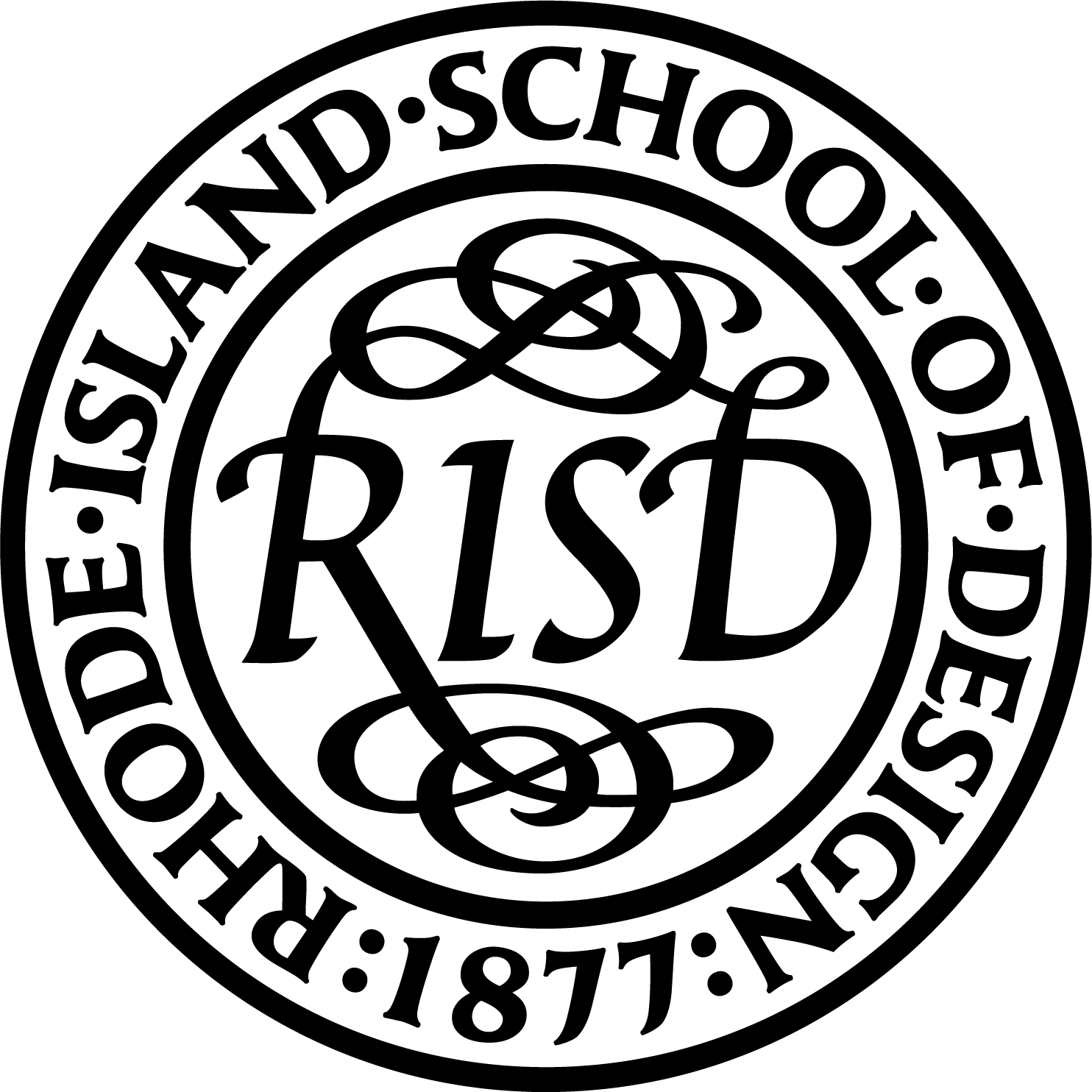Must Build Futures

︎ Creator:
Felicia Neuhof
︎ Supervisor: Peter Yeadon
What if that glass of wine at the end of the day could build temporary housing for the migrant workers who fed us? By inoculating grape must, the by-products of winemaking, with mycelium spores, we might be able to turn the waste of the world’s largest fruit crop into a next-generation bio-building material.
Approximately 70 million tonnes of grape must is produced each year, much of which is disposed of in open areas causing detrimental environmental and economic damages. This rich material is made up of primarily pomace, clarification sediment such as lees, and yeast sediment. There is great interest in the utilization of grape by-products as food additives, supplements, fertilizers, animal feeds, cosmetics, biofuels, and bioleathers.
What happens when we connect must and pomace – this solid raw material filled with polyphenols, hydrocolloids, metals, organic acids, antimicrobials, ethanol, tartaric acid, yeast cells, and sugars – to the mycelium network? Can sustainable building material solutions be hidden within the skins, twigs, pulp, and leaves, of 8,000 year old wine-making processes?
Felicia Neuhof hopes to hone this growing and casting process to create biodegradable modular living systems to house migrant workers with dignity during harvest.
Partnering with Deirdre Heekin, a winegrower, farmer, writer, photographer, and wine educator located in the unlikely biodynamic vineyards of Vermont, Neuhof plans to test her biocomposite by incorporating byproducts of La Garagista’s 2022-2024 vintages.
︎ Supervisor: Peter Yeadon
What if that glass of wine at the end of the day could build temporary housing for the migrant workers who fed us? By inoculating grape must, the by-products of winemaking, with mycelium spores, we might be able to turn the waste of the world’s largest fruit crop into a next-generation bio-building material.
Approximately 70 million tonnes of grape must is produced each year, much of which is disposed of in open areas causing detrimental environmental and economic damages. This rich material is made up of primarily pomace, clarification sediment such as lees, and yeast sediment. There is great interest in the utilization of grape by-products as food additives, supplements, fertilizers, animal feeds, cosmetics, biofuels, and bioleathers.
What happens when we connect must and pomace – this solid raw material filled with polyphenols, hydrocolloids, metals, organic acids, antimicrobials, ethanol, tartaric acid, yeast cells, and sugars – to the mycelium network? Can sustainable building material solutions be hidden within the skins, twigs, pulp, and leaves, of 8,000 year old wine-making processes?
Felicia Neuhof hopes to hone this growing and casting process to create biodegradable modular living systems to house migrant workers with dignity during harvest.
Partnering with Deirdre Heekin, a winegrower, farmer, writer, photographer, and wine educator located in the unlikely biodynamic vineyards of Vermont, Neuhof plans to test her biocomposite by incorporating byproducts of La Garagista’s 2022-2024 vintages.
